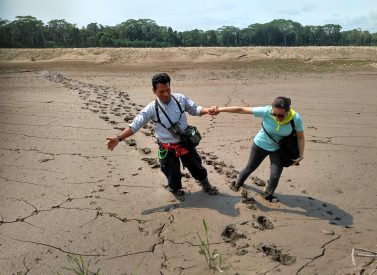
Visit the Three Guianas: Suriname, French Guiana & Guyana
Three Guianas: Tour Suriname, French Guiana & Guyana
Join us as we explore the Three Guianas: Suriname, French Guiana, and Guyana.
Immerse yourself in the local cultures by visiting Amerindian and Maroon communities. Marvel at the Space Centre in French Guiana, revisit the tale of Papillon at Devil’s Island and stroll Paramaribo, the UNESCO World Heritage site.
As we move into Guyana, gaze at the mighty Kaieteur Falls, the world’s highest single-drop waterfall, and discover one of the greatest untouched rainforests left. This region is home to endangered species such as jaguar, giant anteater, giant river otter, tapir and so much more.
The Three Guianas are indeed an untouched and unique part of South America.
The Guyana Shield
This Three Guianas tour takes you around The Guiana Shield.
The Guiana Shield is a 1.7 billion-year-old Precambrian geological formation in northeast South America and is one of the regions of highest biodiversity in the world.
The shield has 1,400 vertebrate species and 1,680 bird species and is overlain by the largest expanse of undisturbed tropical rainforest in the world.
More on Three Guianas Tour: Suriname, French Guiana, and Guyana
Our adventure starts as we leave Paramaribo, travelling by road and river towards the serene and secluded Danpaati River Lodge.
On a forest walk, we’ll explore a fascinating Maroon village and uncover some of the secrets of the rainforest.
Back in Paramaribo, we’ll visit the most significant historic sites in this UNESCO World Heritage Site.
We continue to French Guiana by road and ferry, stopping at the Transportation Centre in St Laurent du Maroni, where convicts were processed before being sent to a penal colony.
Devil’s Island
Next, we revisit the tale of Papillon with a trip to the Salvation Islands, often known as Devil’s Island. Then, we’ll marvel at the immense Guiana Space Centre.
We fly back to Georgetown to explore the market with Chef Delvin. He will take his purchases home to prepare a feast for our lunch while we tour multi-cultural Georgetown. We’ll cap the day with a sunset sail on the Demerara River.
We then fly deep into the jungle to witness the breathtaking Kaieteur Falls.
Our next flight soars over hundreds of miles of tropical rainforest to Iwokrama River Lodge, where we trek a mountain trail with stunning views over the forest canopy and excellent bird-watching opportunities.
Surama Mountain
We visit the Amerindian community of Surama in the heart of Guyana, explore trails, and take a trip to the river in canoes. We venture into the forest after dark—don’t forget your flashlight to look for eyeshine.
Start the day with an optional climb of Surama Mountain, which offers amazing views across the village and savannah. Then, head back to Georgetown for one final night in this stunning region.
The Three Guianas tour takes you to some of South America’s most remote and fascinating corners. Don’t forget to check our Guyana-only trips, too.
Trip Highlights
Print Share Download as PDF-
A day dedicated to the mighty Kaieteur Falls.
-
Chance to see some of the best wildlife in the rainforest.
-
Visit traditional Amerindian and Maroon villages.
-
Canopy walkways offering some of the best birdwatching in South America.
-
Guided tour of multi-cultural Georgetown, Guyana and UNESCO World Heritage site, Paramaribo in Suriname.
-
Take a tour of the fascinating Center Spatial Guyanais (Guiana Space Center) in French Guiana .
-
Enjoy a variety of trail walks, mountain hikes and river boat trips.
"After the excitement of seeing a giant anteater with baby, I thought the trip couldn't get any better until we saw a jaguar close up on the riverbank!"
K. Dougal, Guyana
Full Itinerary
Day 1: Arrive Paramaribo, Suriname - transfer to your hotel
We will meet you at the JA Pengal International Airport and transfer you to the hotel—your Three Guianas trip begins in Suriname.
The Torarica Hotel and Casino is located along the Suriname River, close to the vibrant city centre and historic district. Torarica is the ideal location for relaxing getaways and family holidays and offers everything the modern traveler seeks in a perfect holiday experience.
Overnight at Eco Torarica Hotel in a Standard Room.
(Check-in time 17.00, Check out time 13.00)
Day 2: Paramaribo to Danpatti Lodge (B,L,D)
This morning, we embark on our nature and cultural experience as we depart from Paramaribo.
After covering approximately 190 km, we reach the port of Atjoni, where we board a motorised canoe. Our skilled crew will navigate the Upper Suriname River, famous for its breathtaking rapids, to the Danpaati River Lodge.
Danpaati River Lodge
The Danpaati River Lodge is a remote and tranquil oasis in the heart of nature, welcoming adventurous visitors searching for an escape from modern stresses and distractions. The lodge features a welcoming and airy lounge facing the river, a pool surrounded by a hardwood yoga deck, and easy access to one of the few safe swimming spots on the Suriname River.
Accommodation is in spacious A-frame-style cabins with carefully appointed amenities, including fresh coffee service in the mornings and unbeatable views across the river and into the dense surrounding rainforest.
Our day ends with an exciting cruise on the river, during which we search for caiman lying on the banks.
Overnight at Danpaati River Lodge in a standard room.
Day 3: Visit to Maroon village and Saamaka Museum, canoe river trip (B,L,D)
Today, we will visit one of the 12 villages that are affiliated with Danpaati. During our guided tour, we will be introduced to the rich traditions brought from Africa by their ancestors.
After the tour, we visit the Maroon Museum Saamaka, which is dedicated to the cultural heritage of the Saramak Maroon population. Pikinslee is located 30 minutes by boat from Danpaati. In the museum, you learn about the Maroon’s history and their ancient traditions and crafts. After the visit, we return to the lodge for lunch.
Rainforest visit
In the afternoon, we will walk in the woods to discover some of the rainforest’s secrets. Afterwards, you could opt for a massage that combines traditional and Western techniques. Other available activities include exploring the surrounding area by fishing or taking a dugout canoe around the island.
After dinner, enjoy a traditional and cultural dance performance. The locals will perform traditional dances such as the Seketi, Awasa and Bandamba. Your guide will explain the cultural significance of each dance.
Overnight at Danpaati River Lodge in a standard room.
Day 4: Danpaati River Lodge to Paramaribo (B,L,D)
This morning we still have some time to enjoy the beautiful surroundings and take some final photos.
After saying goodbye to the staff, we set off by dugout canoe from Danpaati to Atjoni, from where we continue our journey back to Paramaribo by vehicle.
Overnight in a standard room at Eco Torarica Hotel.
Day 5: Paramaribo City and Commewijne tours (B,L)
Paramaribo, the capital city of Suriname, has been listed as a UNESCO World Heritage Site since 2002 due to its historical monuments.
We enjoy a guided tour, by car and on foot, along the most prominent historic locations in downtown Paramaribo. Your guide will tell you about the former “Fort Zeelandia”, the Presidential Palace, Independence Square and many other monuments. The buildings are a true representation of Suriname’s colonial history.
After a stroll along the Waterkant, overlooking the Suriname River, and through the Palm Gardens, we will visit the Waka Pasi boardwalk making sure to stop at the ice cream kiosk to try some tropical flavours such as passion fruit and jamoon (a type of plum). You also see other interesting sites such as a mosque right next to a synagogue.
Plantation tour
We proceed to the Commewijne district, situated east of Paramaribo across the Suriname River. The tour takes us to colonial plantations, most of which are now abandoned. We make a stop at Peperpot plantation, where the old coffee and cocoa factory, deputy director’s house and the old office are located.
This former plantation is one of the oldest plantations in Surinamese history. The English established Peperpot, which already existed before Suriname was conquered by the natives from Zeeland in 1667.
This is one of the last plantations still in its former original state. On the plantation you can still see coffee and cocoa plants as well as an ancient shed and factory, the manager’s residence and a kampong (workers’ living area). Peperpot is renowned for the many birds which can be spotted.
Fort Nieuw Amsterdam
From Peperpot, we make a stop at the mini-museum of Marienburg, a former sugar plantation, before enjoying a delicious lunch in a typical Javanese restaurant (warung) in Tamanredjo. We then continue to the point where the the Commewijne and Suriname Rivers meet at Nieuw Amsterdam.
We visit the outdoor museum Fort Nieuw Amsterdam. The large fortress was built to defend the plantations situated along the upper parts of the rivers. After the tour, we will transfer you by car or bus to Paramaribo.
Overnight in a standard room at Eco Torarica Hotel.
Day 6: Transfer to French Guiana, Cayenne tour (B,L)
After breakfast, we will make an early start, so we can pace ourselves comfortably through the journey. The first leg of our journey takes us east along Suriname’s coastal road to the Albina border station, the first border crossing in our Three Guianas tour.
Formalities here rarely take more than a few minutes, and soon, we are on the ferry crossing the Maroni River headed for French Guiana or “Guyane,” as it is called locally.
Arrival at St. Laurent du Maroni is relatively uncomplicated, and our French guide will assist us with the usual customs and immigration formalities.
French Guiana
Guyane Francaise is a Department of France, so you have entered the European Union. Evidence of this connection to the developed world is immediately evident: the roads are in very good condition, espresso is served nearly everywhere, and the Euro is the currency.
Upon arrival at St. Laurent, we will enjoy a mini city tour of St. Laurent du Maroni, during which we will pay a brief visit to the well-preserved Transportation Centre. The facility once served as the arrival station where convicts were processed and sent to the various penal colonies in French Guiana.
From the mid-18th century, the majority of convicts were transported to French Guiana to serve their sentences before gaining freedom. This was a way to try to populate the colony. One of the most famous inmates was Papillion, whose initials are carved in one of the cells.
Capital Cayenne
We will continue the journey with a short tour of the capital city, Cayenne, French Guiana’s administrative and commercial centre. Cayenne, a typical Creole town with about 50,000 inhabitants—half the country’s population—features several notable landmarks, including Fort Cépérou, Place Léopold Heder, the hotel of the Jésuites, Place de Grenoble, Place des Palmistes, the colonial hospital, the Franconie Museum, the town hall and the city centre.
Hotel Central is located in the heart of Cayenne, close to the historic Palmistes Square and within walking distance of the shopping streets and the business district.
Overnight at Central Hotel in a standard room.
(Check-in time 14.00. Check-out time 12 midday)
Day 7: Devil's Island, Kourou (B,L)
Commonly referred to as “Devil’s Island,” the Îles du Salut, or Salvation Islands, form a triangle of three islands located seven miles off the coast of Kourou.
After a buffet breakfast at the hotel, we set sail aboard a motorized catamaran towards our first stop, Île Royale. The islands played a central role in French history since 1792, initially serving as a transit point for explorers and later for political prisoners and convicts.
Île Saint-Joseph is the southernmost island and was known as the silent island. That’s because inmates were forbidden from speaking to other inmates or the guards. Papillion claimed to have spent two years on St Joseph and to have escaped on a coconut raft. The island was called ‘man-eater’ for obvious reasons.
Devil’s Island
Île Royale is the site of the oldest buildings on the islands and features an old church, administration buildings, officers’ quarters, and today, a restaurant, café and lodging facilities. Ironically, the actual Île du Diable (Devil’s Island) is inaccessible to visitors due to dangerous shoreline conditions. This is the island where the prison’s best-known inmate, Alfred Dreyfus, was famously secluded.
You will spend most of the day on Île Royale. Be sure to visit the children’s cemetery behind the old hospital, which was used for the children of the guards. Due to limited land, only the children were buried, while inmates were buried at sea to attract sharks and deter escape attempts.
Return to the dock by about 15.30, as the boat leaves promptly at 16.00. There are plenty of shady trees with benches where you can relax and catch a cool breeze. Keep an eye out for sea turtles that like to scavenge among the rocks by the dock.
Return to Kourou by catamaran and transfer to your hotel.
Hotel Atlantis
Hotel Atlantis is a modern business hotel on the edge of Bois Devil Lake. It offers air-conditioned rooms, telephones, Wi-Fi, satellite television and refrigerators. The spacious lobby includes a patio overlooking the pool, lake and tennis courts. The modern restaurant offers French and Creole cuisine and an excellent wine selection.
Overnight in a standard room at Hotel Atlantis.
(Check-in time 14.00, Check-out time 11.30)
Day 8: Guiana Space Centre, Paramaribo (B)
Transfer to the Centre Spatial Guyanais (Guiana Space Centre) for a tour. Launch schedules are a closely guarded secret, so our schedule today may be amended at short notice.
The usual tour includes a motor coach tour that crisscrosses the centre’s colossal facility, including stops at various assembly buildings, launch pads and control centres. The tour is in French, but your guide will translate as often as possible.
On our way, we briefly stop at St Joseph’s church in Iracoubo. The inside of the church was hand-painted by one of the convicts from a nearby penal colony.
We continue to immigration and cross by pirogue (native canoe) to Albina and onwards to Paramaribo.
Pick up from Albina to your hotel in Paramaribo.
Overnight in a standard room at Eco Torarica.
Day 9: Fly to Georgetown, market and city tour (B,L)
Pick up from your hotel in Paramaribo and transfer to the local airport Zorg-en-Hoop for GUMAIR flight departing at 07.30 to Georgetown, arriving at 07.45. (ticket not included in the final rates below).
On arrival at Eugene F. Correia International Airport we transfer you to Georgetown. We are in the third country in our Three Guianas tour.
Market tour
This morning, we will be doing a market and city tour. Our host, guide and culinary master, Chef Delven Adams, guides us around Bourda Market, the largest of the four markets in Georgetown.
Our first stop will be at the Guyana Store, which has a wide range of locally packaged products. From there, we will head to the market to meet some of the vendors Chef Delven buys from daily.
We visit the fish market, the meat section, and the haberdashery section. Here, you can find anything you can think of, from thread to bolts of all kinds of fabric. A stop at the bush medicine stalls is always enlightening.
Heading outside, you can see, touch and taste a variety of local fruits and vegetables unique to this part of the world. The chef will make his purchases based on your suggestions of what you would like to try and then head home to start preparing while we continue on a tour of Georgetown with an experienced guide who will share the history, rumours and facts about Georgetown and those who live there.
Georgetown attractions
During your visit to Georgetown, there are a number of interesting sights that should not be missed, such as Stabroek Market – once described as a “bizarre bazaar”, and St. George’s Cathedral, which is one of the world’s tallest free-standing wooden buildings.
Other historic buildings along this promenade are the Public Library, City Hall, the Victoria Law Courts and St. Andrews Kirk. Visit the National Museum, which contains a broad selection of local animal life portrayed in taxidermy, including a fascinating extinct giant sloth.
The Walter Roth Museum of Anthropology houses a wonderful collection of artefacts. It explains Amerindian history and lifestyle in a beautiful colonial wooden building that is worth a visit on its own. We also visit a pond in the gardens or the National Park to feed the endangered West Indian Manatees.
After our city tour, we head to the Backyard Café for lunch. As the name suggests, this backyard has been turned into an exclusive little hidden gem of a restaurant by the chef. You can sit under the leafy arbor and sip unique blends of juice or enjoy a cold beer while taking in the sounds and smells of a delicious meal in the making.
Once he is ready, we start eating our way through the courses. Remember to pace yourself, as you may want to try it all.
After lunch, we visit the Botanical Gardens, home to an extensive collection of tropical flora, and the zoo, which has become a wildlife rescue and rehabilitation centre housing over one hundred different species of tropical wildlife.
In the afternoon, we take a drive through the heart of the city to the Stabroek Market area. Here you join the afternoon commuters using the old ferry stelling to board the river taxis that cross the Demerara River. The river taxis are an alternative route to using the Demerara Harbor Bridge.
Demerara River Cruise
We cruise gently along and across the Demerara River while your guide gives you a brief history of the famous buildings along the waterfront.
We then continue our trip to see the Demerara Harbour Bridge, once the longest floating bridge in the world at 1,851m. We pass under the bridge and tie up the boat near a mangrove where about nine different kinds of birds roost.
As the sun sets over the river, we’ll enjoy a cold drink and snacks, or “cutters” as they are known in Guyana, while watching flocks of brilliant Scarlet Ibis, Snail Kites, Herons and three kinds of Egrets as they fly across the sky and settle into the mangroves for the evening.
Soon after the sun sets, we return to the ferry stelling while enjoying the city and ship lights from the river.
Overnight in a deluxe room at Grand Coastal Hotel.
(Check-in time 16.00, Check-out time 11.00)
Day 10: Kaieteur Falls and Georgetown (B)
Today we pick you up for transfer to Eugene F. Correia International Airport.
From the Eugene F. Correia International Airport, we take a scheduled flight over hundreds of miles of unbroken tropical rainforest to land at Kaieteur Falls, the world’s highest free-falling waterfall.
Kaieteur Falls
Kaieteur Falls, first seen by a European on April 29, 1870, is located in the heart of Guyana on the Potaro River, a tributary of the Essequibo. The water of Kaieteur flows over a sandstone conglomerate tableland into a deep gorge—a drop of 741 feet, or five times the height of Niagara Falls.
There are no other falls in the world to match the magnitude of the sheer drop existing at Kaieteur. Amerindian legend of the Patamona tribe has it that Kai, one of the tribe’s chiefs (after whom the falls is named), sacrificed himself by canoeing over the falls. It was believed this would encourage the Great Spirit Makonaima to save the tribe from being destroyed by the fierce Caribishi.
Kaieteur supports a unique micro environment with Tank Bromeliads, the largest in the world, in which the tiny Golden frog spends its entire life and the rarely seen Guiana Cock- of-the-rock nesting close by. The lucky visitor may also see the famous Kaieteur Swifts or Makonaima Birds, which nest under the vast shelf of rock carved over millions of years by the black water of the Potaro River. After the visit, re-board your plane for the return flight to Georgetown.
Notes on Kaieteur Falls flight upgrade options
Flights to Kaieteur Falls are operated on chartered aircraft, and all flights have a minimum passenger restriction. Therefore, any booking to Kaieteur and Orinduik Falls is contingent on a minimum of 12 passengers being available to travel.
In most cases we are able to fill flights, especially if scheduled for a weekend. However, in the rare case that we cannot meet the required numbers, we reschedule the trip to another day during your stay, if this is possible.
We retain the right to reschedule a flight as a first option. If we cannot reschedule the flight, we guarantee a flight with a minimum of 2 passengers to Kaieteur Falls only. If a flight is cancelled due to circumstances beyond our control, such as weather, we endeavour to reschedule the flight during your itinerary. If this is not possible, then a full flight refund is made.
Pickup and transfer from Eugene F. Correia International Airport to Georgetown.
Overnight in a deluxe room at Grand Coastal Hotel.
Day 11: Iwokrama River Lodge, Turtle Mountain hike, Iwokrama Canopy Walkway (B,L,D)
Pickup and transfer to Eugene F. Correia International Airport.
We board a scheduled flight for the journey over hundreds of miles of tropical rainforest to land at Fair View Airstrip. (Check-in 07.00, departure 08.30).
On arrival, you are met at Fair View Airstrip and transferred to Iwokrama River Lodge.
After your orientation, we depart the lodge by boat, bird-watching along the way, for the hike to Turtle Mountain. A well maintained trail winds through the forest before an exhilarating climb up the mountain to the summit at 935ft/360m.
The effort is more than worth it for the breathtaking views over the forest canopy when you get there and chances of Green Aracari, White Bellbird or a fly-by of one of five types of eagles. This trail is also an excellent location for seeing Black Spider and Red Howler Monkey.
If you think this hike may be too strenuous, you can opt for a boat trip to Stanley Lake to search for Giant River Otters and Black Caiman.
Heading to Atta
We return to the lodge for lunch and then transfer by vehicle along the trail that is one of the best places to see the elusive Jaguar. No promises, but many have been lucky! This road is the only north – south access in Guyana and links the country to Brazil.
Even so traffic is only very occasional and wildlife is often seen along the way. The journey finishes at the Atta Rainforest Lodge, where we find the Iwokrama Canopy Walkway.
The Iwokrama Canopy Walkway is situated near the southern boundary of the Iwokrama Reserve. The walkway has four suspension bridges leading to three platforms, the highest of which is over 30 metres above the ground.
Another area where we will want to spend some time is the clearing around the lodge, as this is one of the best places to see another of Guyana’s “must see” birds, the Crimson Fruitcrow. The clearing is also a good spot for Black Curassow as there is a large and growing family group which has become accustomed to people and regularly passes through the clearing.
Atta Rainforest Lodge is 500 metres from the base of the Canopy Walkway, offering comfortable private-room accommodation with ensuite bathrooms, delicious home-cooked food, and traditional Amerindian hospitality. The main building is open-sided with views across the gardens and the towering forest on all sides. It houses the bar, dining area, and kitchen. The gardens have a superb collection of Heliconia flowers that attract over ten different humming birds.
Overnight at Atta Rainforest Lodge.
Day 12: Atta Rainforest Lodge, wildlife and bird-watching (B,L,D)
Before dawn, we return to the canopy, where bird watching is easy. You can sometimes see Red Howler and Black Spider Monkeys from this tree-top vantage point.
In addition to the Iwokrama Canopy Walkway, you can enjoy wildlife and bird-watching walks on the trails around the area. For those interested in botany, many of the trails have the key tree species marked.
The surrounding forest is home to numerous bird species, stunning insects, noisy amphibians, and playful primates: deer, tapir and agouti are also regular visitors to the lodge. Serious birders will want to scour the undergrowth for the rarely seen Rufous-winged Ground-cuckoo.
As darkness falls on the canopy walkway, you may spot the White-winged Potoo. Night walks are also possible and something interesting or new always seems to pop on to the scene including one of the six different cats to be found along the transnational road near the lodge.
Overnight at Atta Rainforest Lodge.
Day 13: Canopy walk, forest trail walk, Surama Community, river trip (B,L,D)
Welcome the dawn chorus from the canopy walkway and then return to the lodge for breakfast before departure.
We transfer from Atta Rainforest Lodge through the rainforest to Corkwood in the Iwokrama Forest. Here, a relatively short trail offers the chance to see the brilliantly colored Guianan Cock-of-the-rock. This trail is through pristine rainforest and the guides can explain how the plants are used for medicine and other purposes. Continue to the community of Surama.
Surama
The Indigenous community of Surama is located in the heart of Guyana, set in five square miles of savannah surrounded by the forest-covered Pakaraima Mountains. The villagers of Surama are mainly from the Macushi tribe and the Surama Eco Lodge is owned and operated by the entire community. The Village Council serves as the Board of Directors and through consultation, they decide how profits from the tourism business are to be spent for the benefit of the entire community.
On arrival in Surama, you receive a warm welcome and settle into your accommodation. A guide escorts you for a short walk on trails to observe the forest and bird life.
As the afternoon cools, take a three-mile walk across the savannah and through the rainforest to the Burro Burro River. This is the best time to observe birds and wildlife along the trail. Your guides will then paddle you on the river, giving you the chance to observe Giant River Otters, Tapirs, Tayras, Spider Monkeys and many more species.
Tonight, enjoy an educational walk to observe wildlife and experience the forest’s magic after dark. Make sure to bring your flashlight to look for the eyeshine of the creatures of the night.
Overnight at Surama Eco-lodge.
Day 14: Surama Mountain climb, return to Georgetown (B,L)
Rise before dawn for a walk across the savannah and then climb Surama Mountain for incredible views across the village and savannah to the Pakaraima Mountains.
This is not a technical climb but can be tough, especially after rain, and is not for everyone. Your guides will happily offer alternative activities if you prefer not to do this climb.
Afterwards, we transfer from Surama Eco Lodge to the airstrip for a scheduled flight to the Eugene F. Correia International Airport.
On arrival, pick up and transfer to your hotel.
Overnight in a deluxe room at Grand Coastal Hotel.
(Check-in time 16.00, Check-out time 11.00)
Day 15: Depart Guyana (B)
Today is the last day of the Three Guianas tour.
Pick up and transfer to Cheddi Jagan International Airport for your departing flight, or continue your tour in Guyana or beyond. Contact us for more ideas.
Prices From $8,990 / £7,309 per person
What's Included?
Airport transfers, double or twin accommodation, meals as listed, all road and river transfers, internal flights in Guyana, activities as described, local guides, Kaieteur National Park fee, Iwokrama Forest User Fee, Iwokrama Canopy Walkway fee
What's Not Included?
Alcoholic drinks except where mentioned above, meals not listed, airport departure tax, international flights (flight Suriname to Guyana not included, approx. USD 385), visas, personal items, tips
Accommodation
While no one comes to this region looking for a luxury travel experience, in the main cities and towns your accommodation will be in comfortable, well-appointed hotels such as the Eco Torarica in Paramaribo, the Atlantis in Kourou, the Central Hotel in Cayenne, and the Grand Coastal in Georgetown, which offer a range of modern facilities with a local flavour.
Sleeping within the rainforest and savannah is a fantastic experience, and comes as second nature after a day or two.
Rainforest and savannah lodges
Guyana and Suriname have only a handful of lodges in their rainforests and savannahs, and most of these are small and remote establishments with fewer than a dozen beds.
Rooms are comfortable and spacious and you will be provided with a mosquito net, but please note that in remote locations, such as Surama, insects can enter the rooms at night. Your guide will give any advice or help if you are concerned
Surama is run by the local Amerindian villagers who turn your visit into something like a homestay experience.
Atta Rainforest Lodge has a strong science and nature focus and provides amply comfortable hospitality as well as a chance to learn about the vivid surrounding ecosystems.
Running water and at least a few hours of electricity are available at each lodge, and amenities are always clean and comfortable.
Tour Staff
A variety of expert local guides may accompany you on this tour, all of whom have many years’ experience and plenty of enthusiasm to make sure your trip is a great one.
Meals
Almost all dietary requirements can be catered for – please enquire in advance as we have to organise supplies.
On tour the food is of a very good standard using locally grown and produced ingredients including beef, chicken, fish and plenty of vegetables and fruit.
The culinary traditions of Guyana, Suriname, and French Guiana are rich and diverse, reflecting the unique cultural and historical backgrounds of each country and giving a distinctive flavour to their cuisines.
Guyanese cuisine is influenced by Indian, African, Chinese, Creole, English, Portuguese and Amerindian traditions. Try dishes such as Pepper Pot, meat cooked in casareep (bitter casava) juice with peppers and herbs. Garlic pork, a specialty at Christmas. Curry and Roti is popular everywhere. Seafood is plentiful and varied, as is the wide variety of tropical fruit and vegetables. Try casava and yams.
Suriname, like Guyana is muti-cultural and this is very much reflected in their cuisine. Indonesian warung-style restaurants are popular with foods like nasi goreng and bami, you’ll also find African-inspired dishes and Indian Roti shops.
French Guiana is a mix of European, Caribbean and Asian Cuisine, you can visit the Hmong Market on Sundays for a delicious bowl of Asian noodles.
Rum is the most popular drink and Guyana blends some of the world’s best. There are many inexpensive rums that are an excellent rum with mixers and tropical fruit juices. Beer lovers are also well catered to with good local beers widely available.
The water from the tap is brownish in colour, which is from the tannin in the water, and not polluted. However, it is recommended that bottled water, which is readily available, is used for drinking. Remember to drink plenty of it to prevent dehydration as it does get humid in this region.
Activity Level
You need to be have a reasonable level of walking fitness to hike the mountain walks, although the walks are not mandatory.
Most days you will walk for a couple of hours, spotting wildlife. The humidity can make a short walk feel a lot harder than it is, so take on board lots of water.
The trip is open to anyone who wants to experience the rainforest and who wants it to be active and interesting without it being demanding or without time to relax.
In the rainforest, we wake early, around 06.00-08.00 as most animals are active before the heat of the day kicks in. We breakfast, either on the hoof or back at the hotel, and enjoy a trip during the morning.
Transport could be by dug out canoe, 4×4, light Cessna plane or on foot. Guyana, Suriname and French Guiana are fantastic places to travel around as adventure awaits around every corner.
After lunch, we take part in another activity, or move to new lodgings, settle in, and then head out at dusk to see the wildlife once again.
Night walks are possible in some areas – or you may choose to relax – then it is dinner and time to recount the day’s highlights.
Practical Information
Introduction to Guyana
Guyana is the only English-speaking country on the South American continent and has a Caribbean feel.
It is a destination for the nature lover looking for an off-the-beaten-path destination with many attractions. Guyana offers pristine rainforest, abundant wildlife, jaguars and the mighty Kaieteur Falls.
Start your adventure in the melting pot that is the country’s capital – Georgetown. Here Hindu, Muslim and Christian cultures blend in harmony.
Head off to visit the breathtaking Kaieteur Falls – the world’s highest single-drop waterfall.
Then the interior beckons. Jungle and Savannah await. With luck you might spot the Cock o’ the rock or a harpy eagle.
Bigger mammals such as the ant eater might surprise you or if incredibly lucky the mighty jaguar. Travel by road or river and stay in rustic but comfortable lodges – all with an authentic Guyanese welcome.
Guyana will be an unforgettable adventure.
Geography of Guyana
Guyana has five natural habitats to discover, the most famous of which is is its dense rain forest.
This ‘jungle’ is also known as the Forested Highland Region and is in the south of the country, and is very sparsely populated.
The majority (around 90%) of Guyana’s population lives in a marshy plain on the Atlantic coast, known as the low coastal plain.
Most of the country’s mineral deposits (bauxite, gold, diamonds) are found a little further inshore in that is called the white sand belt.
The south west of the country gives way to a desert savannah which then becomes an interior savannah.
From here, the grasslands and mountains of the interior highlands start to rise towards the borders with Brazil and Venezuela.
This is the largest of Guyana’s geographical areas and consists a series of plateaus, flat-topped mountains, and savannahs.
The Pakaraima Mountains dominate the western part of the interior highlands and include Mount Roraima, Guyana’s highest peak at 2,772m (9,094 ft) on the Venezuelan border.
The largest expanse of grassland, the Rupununi Savannah, covers about 15,000 square kilometres in southern Guyana.
Guyana has three large rivers, the Essequibo at 1,010km(628 miles), the Courantyne River (which forms a natural border with Suriname) at 724kms (450 miles), and the Berbice – 595kms (370 miles).
Weather in Guyana
Guyana is a hot and humid country. February and March are prime times to visit, along with Aug-Jan. Read our guide to Guyana’s weather for more.
The mean shade temperature is 27°C, while maximum is 31°C and the minimum is 24°C. The heat is greatly tempered by cooling breezes from the sea.
There are two wet seasons in the north of the country, from May to June, and from December to January.
The south and the Rupununi region receive one wet season from May to July.
All wet seasons may extend into months either side.
Rainfall averages 2,300 mm a year in Georgetown.
Kit list
Good kit is vital for every trip.
Book with Andean Trails and get 15% off Páramo’s fantastic ethical and high performance outdoor gear.
Overview
Guyana is a hot and humid country.
Take sunscreen, sun glasses and a hat to Guyana.
It can rain at any time, so always have a poncho/waterproof jacket handy.
Give plenty of thought to kit selection, and try to keep weight down.
Passenger/s traveling on internal flights in Guyana are allowed a free baggage allowance of 20lbs/9.1KG exceeding this weight passenger/s will incur a cost of GY$150.00 (price subject to change) equivalent to US$ 0.77cents per pound. Please note that additional baggage allowance is subject to availability and cannot be confirmed until day/time of check-in by the airline. We can book excess weight on your behalf but it is subject to being within the payload of the aircraft and at the discretion of the airline. We understand you may want more than 20lbs/9.1KG of baggage and wish to have guaranteed excess baggage/weight and so an alternative is to pre-book an extra seat on the flight which will afford you 175lbs/79.4KG for you to use individually or for your group.
Below is a more detailed guide.
Detailed kit list
- Good binoculars.
- Camera and film / memory cards (take at least twice the amount you think you will need!).
- Tight-weave, light weight long trousers.
- Quick dry socks.
- Rain suit or long poncho (100% waterproof – test before you leave home).
- Long-sleeved tight-weave shirts.
- T-shirts.
- A warm jumper – it can feel cold on some boat journeys.
- Water bottle (2 litres approx.) & purification tablets.
- Sun cream (high factor, min. 30+) and lip salve.
- A broad-brimmed hat that will not come off on windy boat-rides.
- Shorts.
- Sunglasses with UV filter.
- A pair of trainers.
- Ankle high hiking boots.
- Insect repellent.
- The original and a photocopy of your passport.
- Yellow fever inoculation certificate.
- A large, bright head torch, spare batteries and bulb.
- Cash (small denomination bills, USD or GBP sterling) for souvenirs at the lodge, alcoholic beverages, etc.
- Daypack (at least 30 litres). Comfortable and with waterproof lining or cover.
- Personal first-aid kit to include: painkillers, plasters (band-aids), moleskin, antibiotic cream, general antibiotics (ask your GP), after-bite (tiger balm), anti-diarrhoea tablets, throat lozenges, re-hydration salts & personal medication.
- Towel & wash-kit.
- Wet Wipes/antiseptic hand-wash cream.
- Head-lamp (plus spare bulb and batteries).
- Penknife.
- Travel alarm clock.
- Plastic bags – ‘Zip-loc’ & tough bin liners.
- Book, e-book, mp3 player/ipod or other to help pass the time.
- Extra snacks i.e. cereal bars or favourite chocolate bars.
Miscellaneous others
- Money belt.
- Passport.
- U.S. dollars / GBP sterling cash, mixed-denomination notes, undamaged and unmarked.
- ATM cash/credit card.
- Any inoculation certificates.
- Personal & medical insurance certificates.
- Presents e.g. Postcards from home.
- Comfortable clothes for travel, smart clothes for Georgetown
ATOL holiday protection
Andean Trails has 25 years of experience of putting together the best South America holidays.
We pay a fee to the CAA for every licensable passenger we book since we hold an Air Travel Organiser’s Licence granted by the Civil Aviation Authority. In the unlikely event of our insolvency, the CAA will ensure that you are not stranded abroad and will arrange to refund any money you have paid to us for an advance booking.
We also offer ATOL (Civil Aviation Authority) protected holidays to give our customers peace of mind when booking and travelling.
When you buy an ATOL protected air holiday package from Andean Trails Ltd you will receive a Confirmation Invoice from us confirming your arrangements and your protection under our Air Travel Organiser’s Licence number 6275.
You can read more about ATOL, who is covered and what protections you have if not ATOL-covered, on our ATOL page.
What is ATOL?
The CAA’s ATOL scheme offers protection to your money and your holiday if you book with us. Not everybody is covered (see ‘Who is covered?’ for more), as you must purchase an ‘air package holiday’ with Andean Trails to be protected.
And ‘air package holiday’ is defined as including a flight and some ground services (hotel, transfer, trek etc). This is also known as an ‘ATOL-protected holiday’.
Who is covered?
To be covered by ATOL, you must book a flight and some ground services with us and be from the UK. If you are from the UK and only book ground services and no flights, you are not covered by ATOL (see below for more on how non-ATOL clients are covered).
If you are outside the UK and buy flights with us, you will be ATOL protected IF any of the flights booked with Andean Trails touches/stops in the UK at any point during your holiday package booked with us.
If you buy your flights elsewhere, please check with that agent if you are ATOL protected. Be careful with online flight purchases and make sure you know what protection you have, if any, before paying for flights.
Not all holiday or travel services offered and sold by us will be protected by the ATOL scheme. Please ask us to confirm what protection may apply to your booking.
For land only holidays not involving any air travel, in accordance with “The Package Travel, Package Holidays and Package Tours Regulations 1992”, all UK passengers booking with Andean Trails Ltd. are fully protected for the initial deposit and subsequently the balance of all money paid to us, arising from cancellation or curtailment of travel arrangements due to the insolvency of Andean Trails.
I’m not ATOL covered, what protection do I have?
If you are not ATOL covered, any payments you make to us go to a Trust account.
We can only access this money once your tour has been completed, meaning that if anything happens to Andean Trails Limited while you are on holiday, then your money is secure and you can either complete the trip or be able to make it home.
If you pay for your holiday with a credit card, some offer payment protection – please check with your cardholder.
You also should have cancellation protection written into your insurance (which we recommend you have at the time of booking) in case you need to cancel.
Atta rainforest lodge, Guyana
Get up into the trees like monkeys at Atta Lodge, for some up close and personal wildlife viewing.
The major attraction here is a 154m/505ft long canopy walkway, with four platforms some up to 30m into the canopy.
An array of birds and animals you struggle to see from the forest floor soon zoom into view.
Among these are endangered and protected species such as the jaguar, the bullet wood tree, greenheart and the waramadan (endemic in Guyana only to the Iwokrama Forest).
The lodge provides comfortable accommodation with 8 private rooms, three home-cooked meals per day, and ample opportunities to explore the surrounding rainforest by foot, canoe, or 4X4.
Caiman House, Guyana
You’ll need to keep quiet in your kayak as you help researchers from Caiman House search and tag black caiman at night time.
By staying here, you’ll get an inside look at the work of those trying to protect this endangered species.
You can help to collect the data of any captured caiman – some reaching up to 12 feet in length! – before they are released back into the wild.
Caiman House is once-in-a-lifetime and thrilling part to any tour of Guyana, especially for wildlife enthusiasts who can also look out for snakes, frogs, bird spiders and more
Georgetown, Guyana
The Atlantic gateway to Guyana, Georgetown is a fascinating mix of people, history fusions.
The ex-British colony contains influences from Amerindians, Asia, Brazil and more, making it a lively and welcoming destination.
The Natural History Museum is well worth a visit, as well as the world’s largest wooden cathedral and the thrumming market.
English is widely spoken and friendly local people are normally up for a chat about the unique atmosphere of Georgetown.
Iwokrama Field Station , Guyana
Deep into Guyana’s enormous rainforest lies Iwokrama, a one million acre wilderness full of wildlife.
Birds, trees frogs and the elusive puma live in the forests, whose verdant canopy you can enjoy from the Turtle Mountain vantage point.
The area is protected and known as Iwokrama International Centre for Rainforest Conservation, with the full involvement of the local people.
You can see their history in the Amerindian petroglyphs close to some rivers, a fascinating insight into how animals and humans have coexisted for centuries in this pristine rainforest.
Kaieteur Falls, Guyana
Flying over the jungle canopy, the views confirm that there are no other falls in the world with the magnitude of the sheer drop existing at Kaieteur.
Being so remote, you can walk right up to the flowing water, which gushes 822 feet into a deep and forested gorge.
Look for Golden frogs, unique to a tiny area, living in bromeliads growing in the warm, humid air.
Most likely your group will be the only souls in this remote location, adding to its incredible appeal.
Karanambu Ranch, Guyana
Famous for rescuing orphaned giant river otters, Karanambu also represents the spirit of travel of old.
An outpost, miles from civilisation, there’s a warm welcome and great wildlife.
See the giant Victoria Regis water lily bloom at dusk, or cruise the river looking for giant otters and caiman.
If you wake early enough, you may be able to find a giant anteater snaffling around for a treat.
Sadly, Diane McTurk is no longer with us, but the ranch continues to write its own chapters in the history of conservation.
Roraima Mountains, Guyana
Rumoured to have inspired parts of Conan Doyle’s Lost World book, ‘Tepuys’, or table top mountains, after visiting, it’s easy to see why.
From the sabanna that links Guyana’s western front with Venuzuela, the Tepuys rise dramatically.
They provide unique eco-zones for many species and the lunar-like surface is home to species found nowhere else on earth.
Waterfalls, rapids and rainforest criss-cross the various faces and sections of the Tepuys, making Mount Roraima one of the most acclaimed sights in South America.
Available Dates
24th Apr 2025 - From $8990 / £7308.87
2025 price, per person, shared room basis. CONFIRMED DEPARTURESingle supplement applies,
Private tour available (min. two people): please enquire
04th Sep 2025 - From $8990 / £7308.87
2025 price, per person, shared room basisSingle supplement applies,
Private tour available (min. two people): please enquire
30th Oct 2025 - From $8990 / £7308.87
2025 price, per person, shared room basis. CONFIRMED DEPARTURESingle supplement applies,
Private tour available (min. two people): please enquire
27th Nov 2025 - From $8990 / £7308.87
2025 price, per person, shared room basis. CONFIRMED DEPARTURESingle supplement applies,
Private tour available (min. two people): please enquire

Dates & Prices
Select an available date to view pricing and information for that particular trip.
2025 price, per person, shared room basis
Single supplement applies,
Private tour available (min. two people): please enquire
Can’t find what you’re looking for? Get in Touch
+44 (0)131 378 5593
+44 (0)131 554 6025



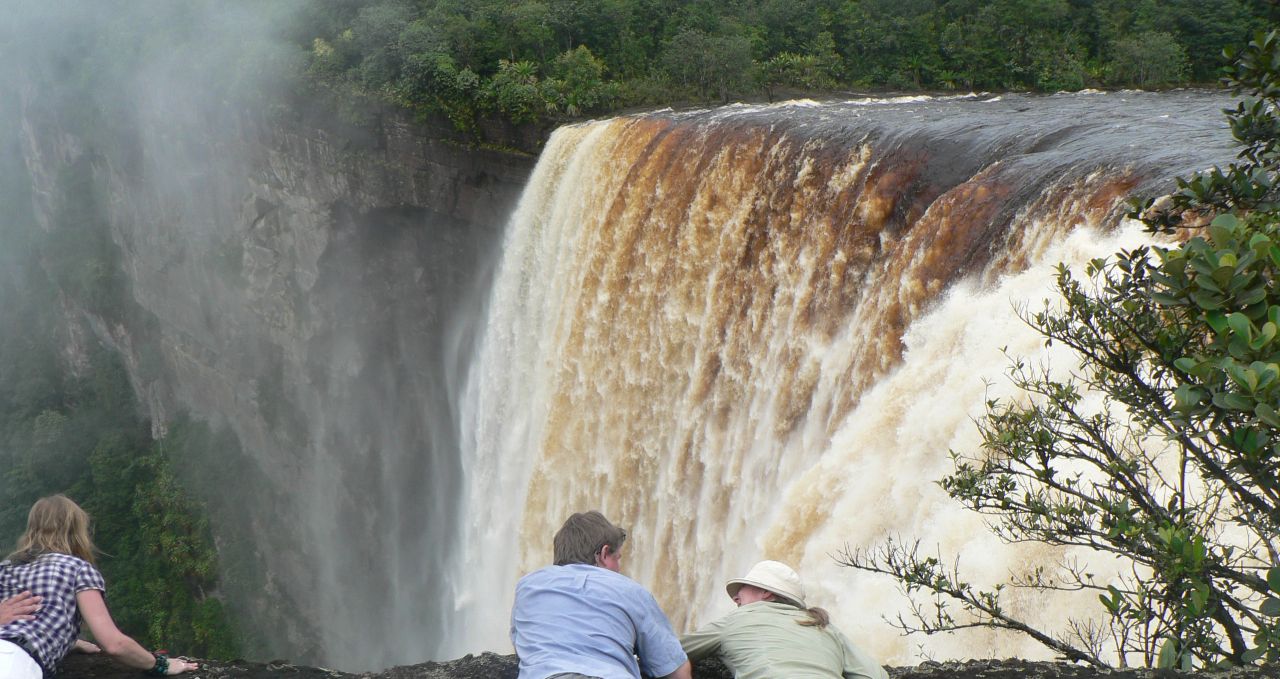
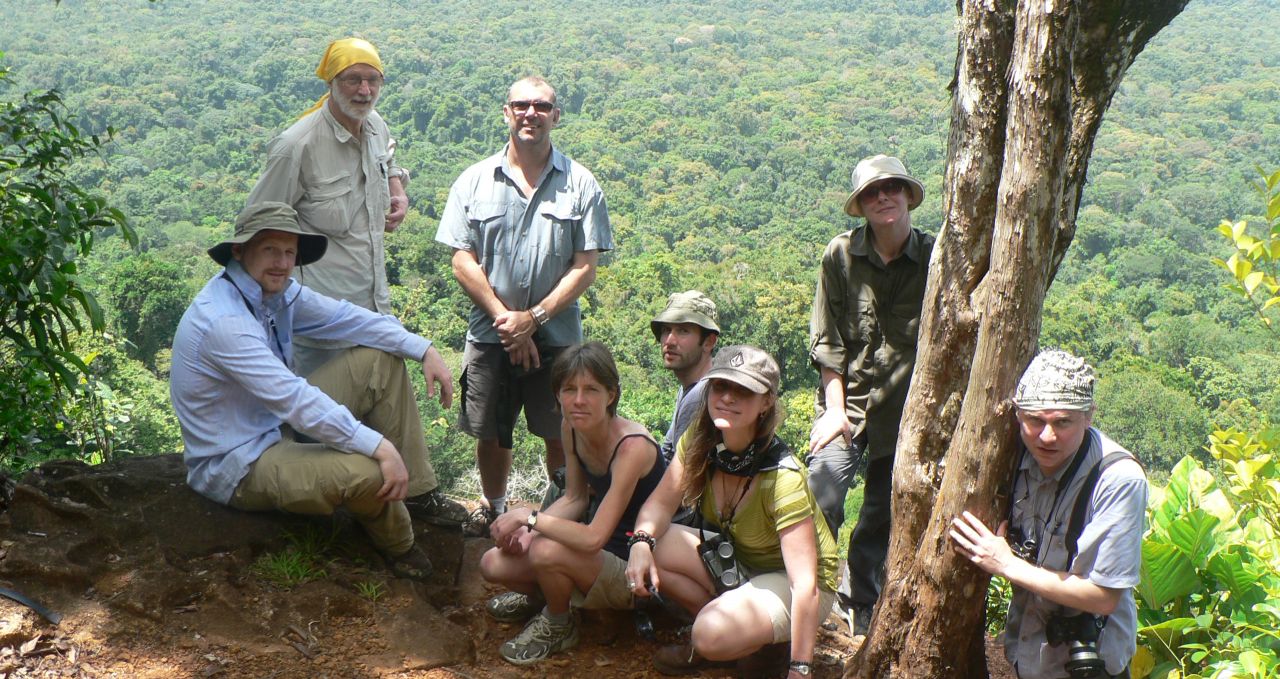
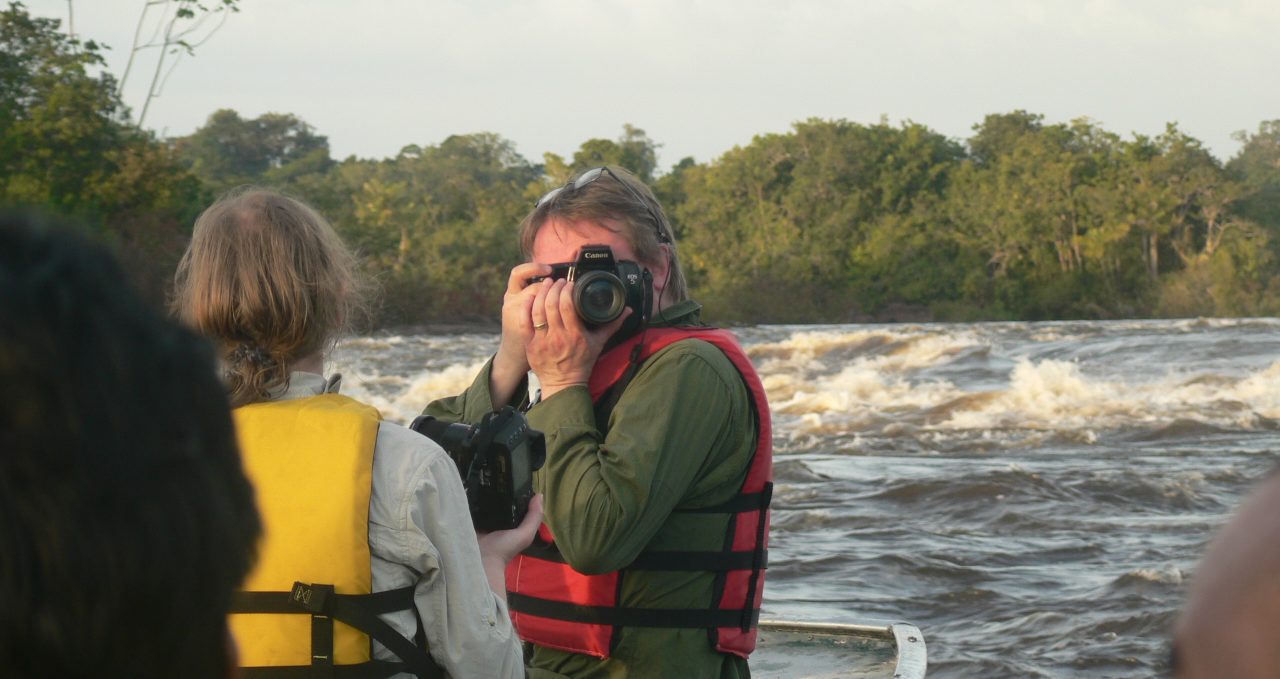
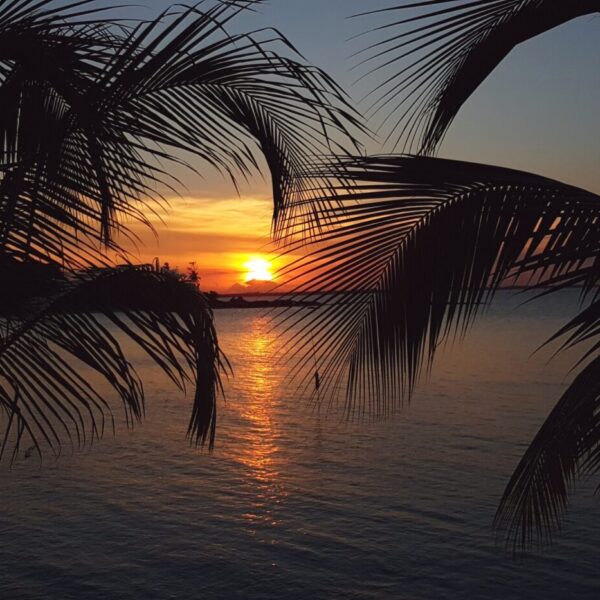
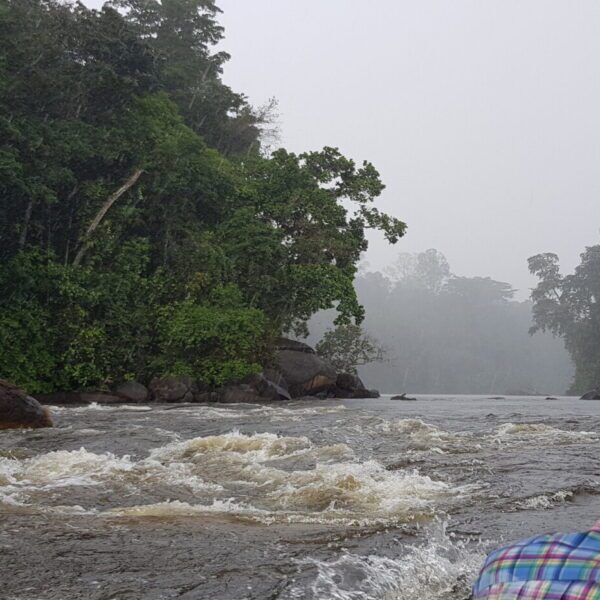
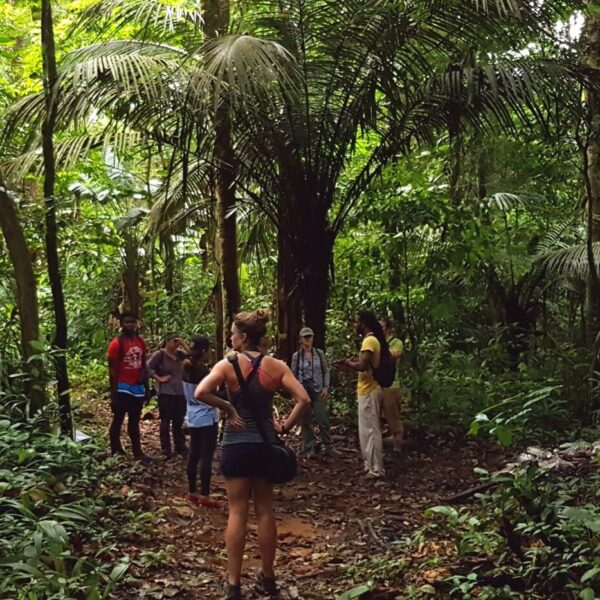
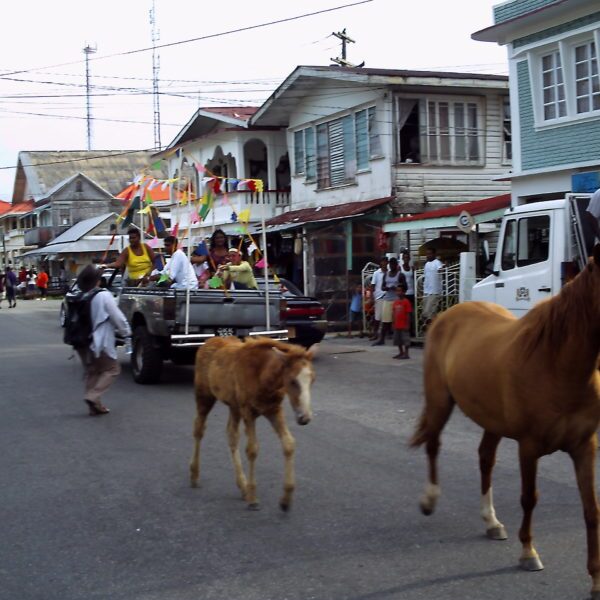
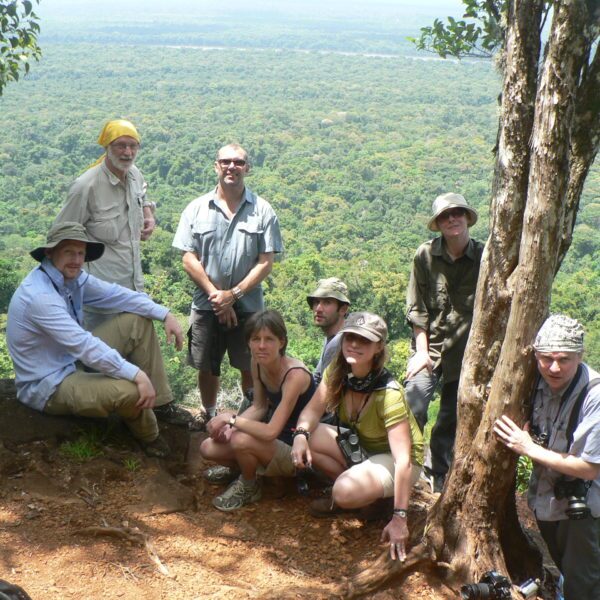
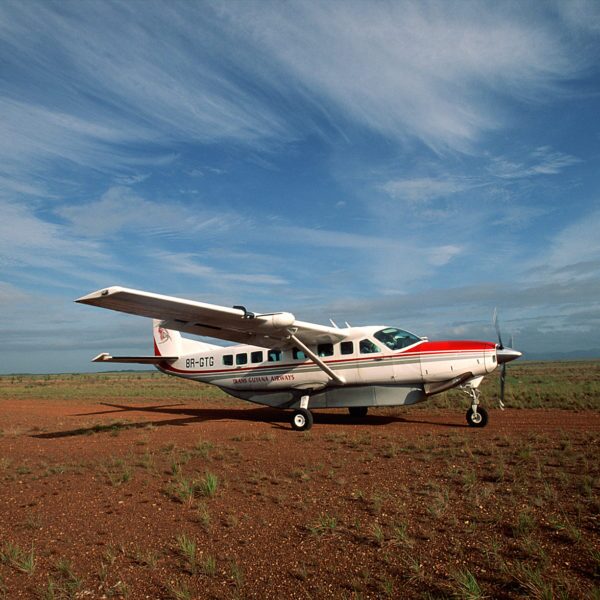
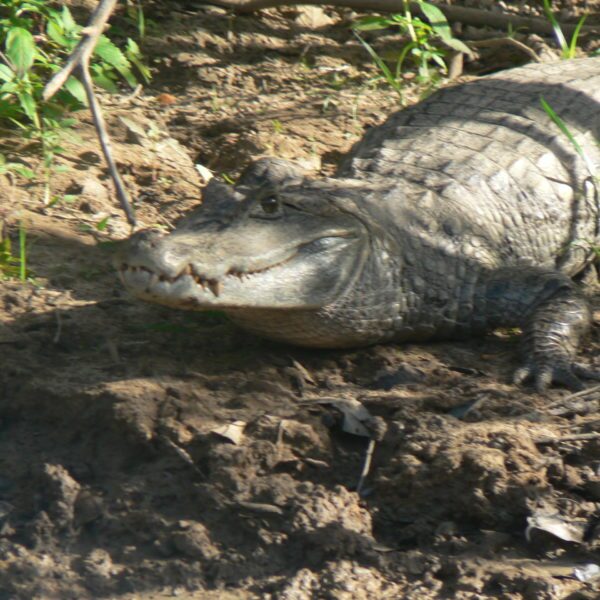
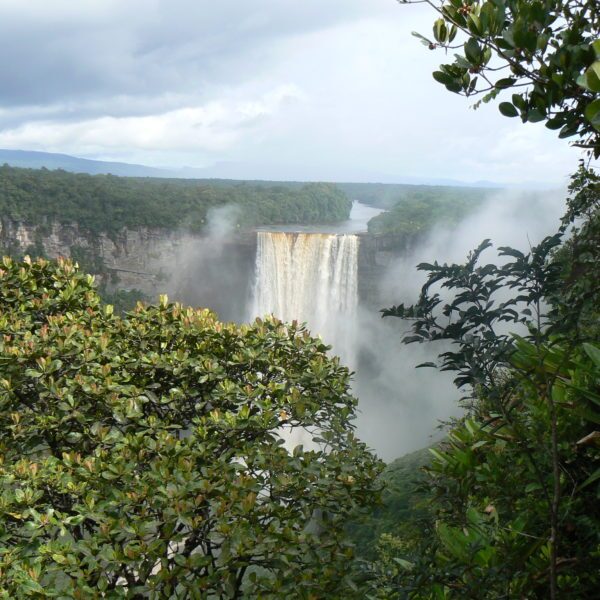
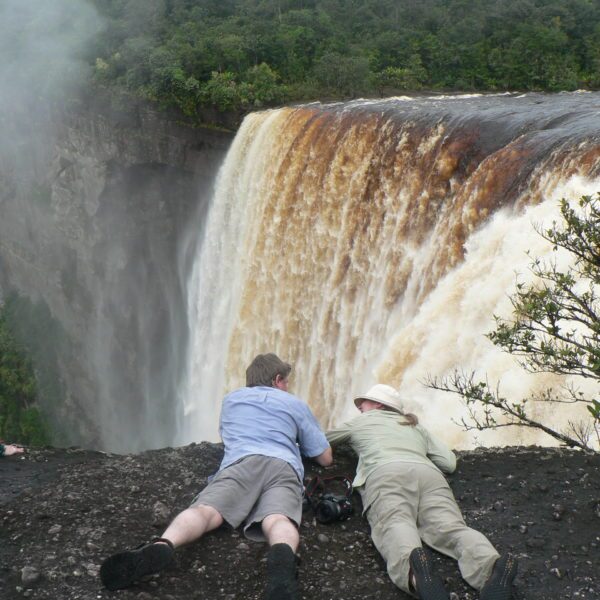
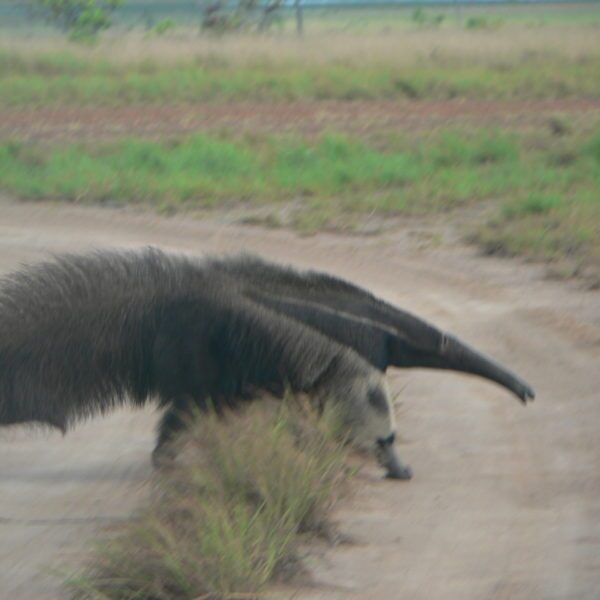
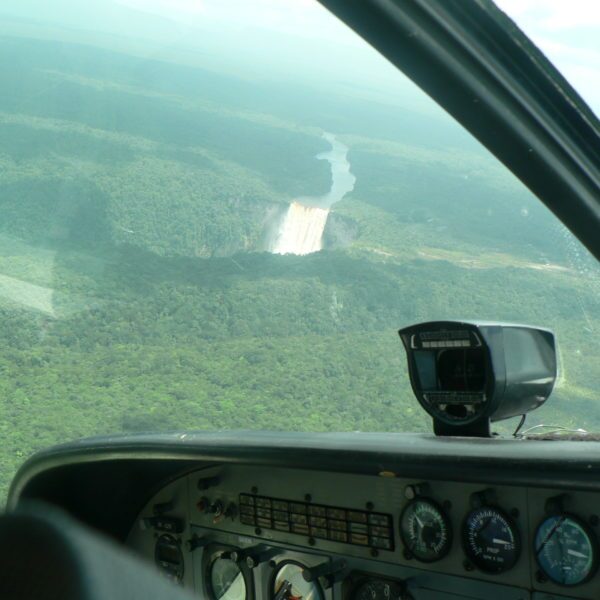
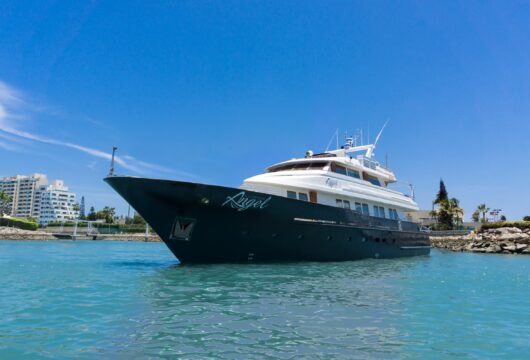
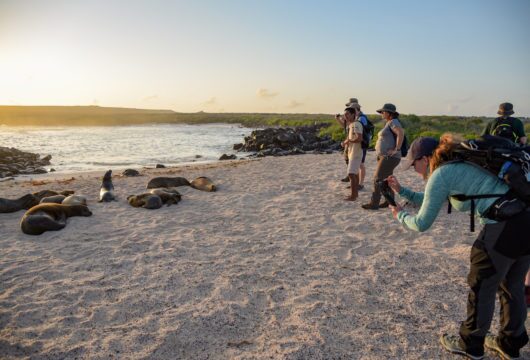
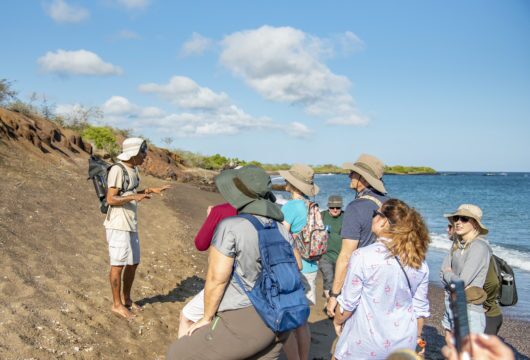
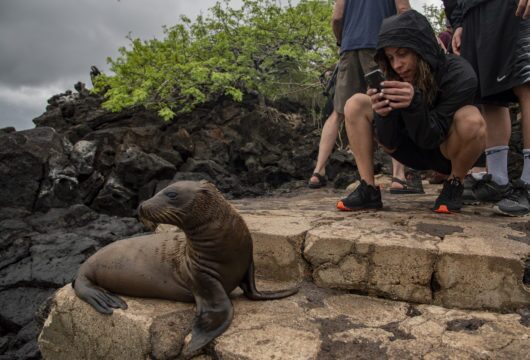
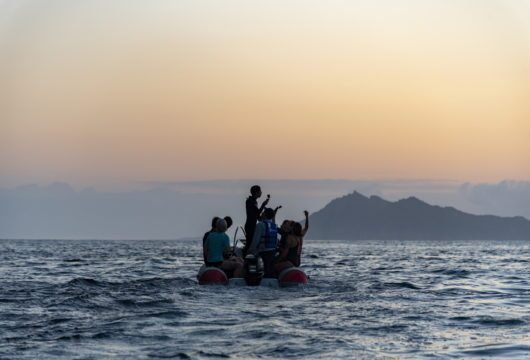
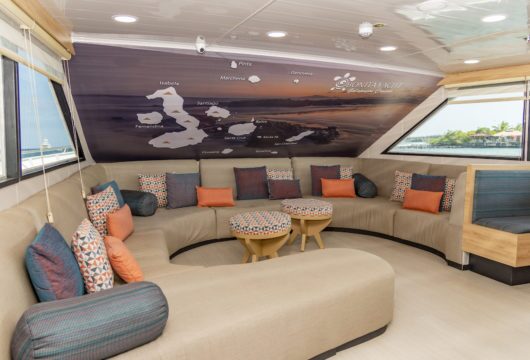
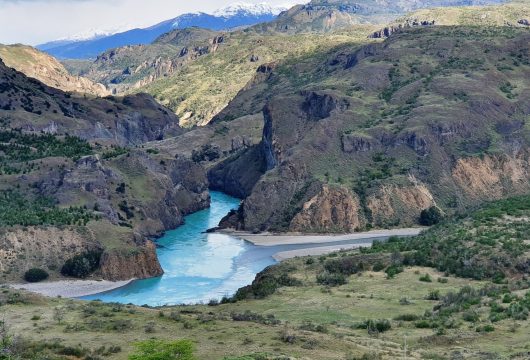
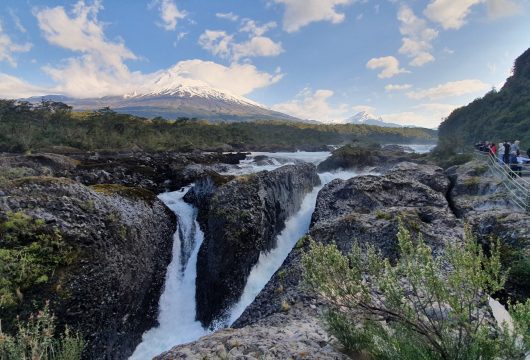
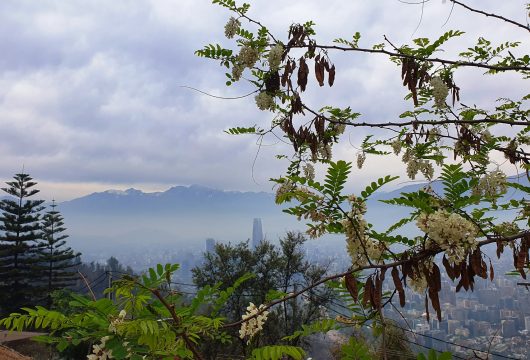
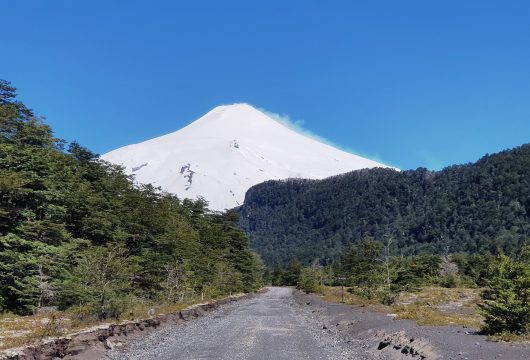
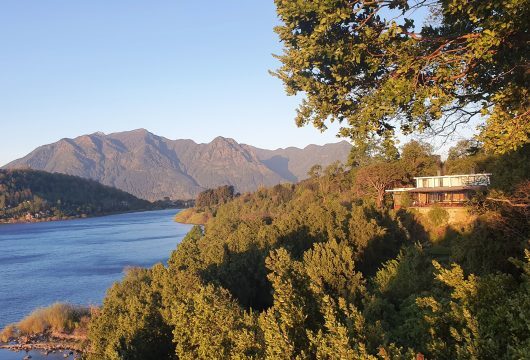
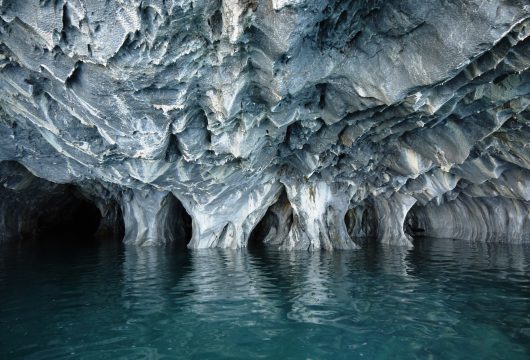
 a Tailor Made Tour
a Tailor Made Tour 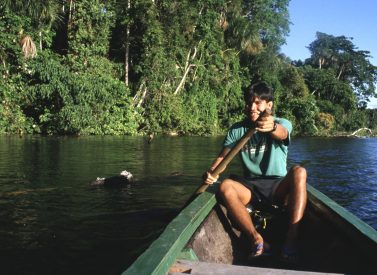
 a Group Tour
a Group Tour 